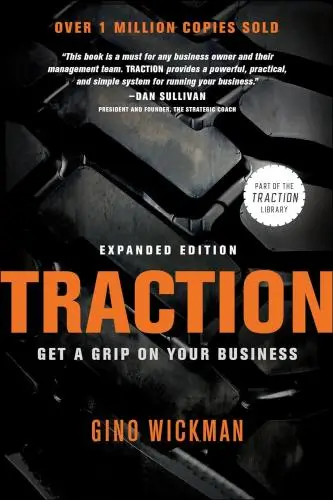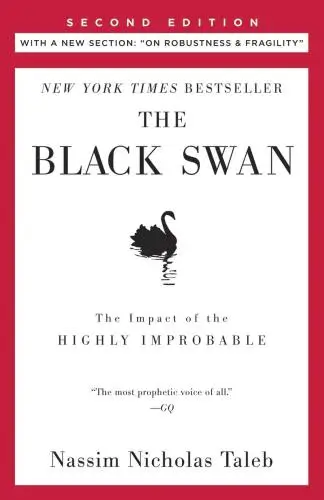The Black Swan
The Impact of the Highly Improbable
What is The Black Swan about?
The Black Swan explores the impact of highly improbable events that have a massive influence on our world. Taleb argues that these unpredictable events shape history more than regular occurrences, and we often fail to prepare for them due to our reliance on past data. This thought-provoking book challenges readers to rethink their assumptions and embrace uncertainty in a world full of unknowns.
About the Author
Nassim Nicholas Taleb is an author and scholar known for his work on probability, randomness, and uncertainty. His notable books include "The Black Swan" and "Antifragile," where he explores the impact of highly improbable events and the benefits of embracing disorder. Taleb's writing combines empirical observations with philosophical insights.
10 Key Ideas of The Black Swan
Embrace Uncertainty and Prepare for the Improbable
Instead of trying to predict specific unlikely events, focus on building robustness against negative events while positioning yourself to benefit from positive surprises. This involves diversifying your investments, developing a flexible mindset, and preparing for various outcomes. By acknowledging that we cannot foresee everything, we can create systems and personal habits that are resilient to shocks and surprises.
Learn DeeperDiversify Your Investments: Don't put all your eggs in one basket. Spread your investments across different asset classes (stocks, bonds, real estate, etc.) to mitigate the risk of a single event wiping out your savings.
Develop a Flexible Mindset: Cultivate the habit of adapting to changes rather than resisting them. This could mean regularly updating your skills, staying informed about global trends, or simply being open to new ideas and perspectives.
Prepare for Various Outcomes: Have plans in place for different scenarios. This could involve having an emergency fund, insurance policies, or even a personal contingency plan for unexpected life events.
Embrace Learning from Failure: See failures and setbacks as learning opportunities. Reflect on what went wrong, adjust your approach, and move forward with new insights.
Seek Opportunities in Adversity: Look for ways to benefit from unexpected events. This could mean investing in undervalued assets during a market downturn or pivoting your business strategy to meet new demands.
- Example
A person who has invested in a mix of stocks, bonds, and real estate finds that when the stock market crashes, their real estate investments remain stable, cushioning the financial blow.
- Example
During a sudden industry shift, a professional who has continuously updated their skills and knowledge is able to quickly adapt and find new opportunities, unlike their peers who resisted change and struggled to keep up.
Invest in 'Barbell' Strategies for Financial Security
A barbell strategy involves putting a portion of your assets in extremely safe investments and another portion in high-risk, high-reward opportunities, while avoiding the middle ground. This approach minimizes exposure to prediction errors and maximizes potential gains from unforeseen events. The safety nets protect against negative black swans, while the speculative bets open up possibilities for positive black swans.
Learn DeeperStart by evaluating your current financial portfolio. Identify which of your investments are high-risk and which are low-risk. If you're not sure, consider consulting a financial advisor.
Allocate a portion of your assets to extremely safe investments. This could include savings accounts, government bonds, or any other low-yield, low-risk options. The goal here is to ensure that part of your wealth is protected against major financial downturns.
Identify high-risk, high-reward opportunities. These could be investments in emerging technologies, startups, or speculative stocks. Remember, the idea is to have a chance at significant gains, acknowledging the risk of loss.
Avoid the temptation to invest heavily in 'moderate' risk opportunities. The barbell strategy emphasizes the extremes, not the middle ground. By avoiding the middle, you're aiming to reduce exposure to risks that are hard to predict and manage.
Regularly review and adjust your portfolio. As your financial situation changes, or as certain investments perform better or worse than expected, rebalance your portfolio to maintain the barbell strategy.
- Example
If you have $10,000 to invest, you might put $7,000 in a high-interest savings account or government bonds, ensuring that this portion of your investment is protected. The remaining $3,000 could be invested in a mix of cryptocurrencies and shares in a promising but unproven tech startup, aiming for high returns.
- Example
Another example could be a professional in their mid-30s deciding to keep their retirement fund and emergency savings in low-risk investments like index funds that track the whole market, while using a smaller portion of their disposable income to invest in individual stocks or venture capital opportunities that have the potential for high growth.
Cultivate an Antifragile Approach to Life and Work
Develop systems, careers, and personal life strategies that not only withstand chaos and stress but also thrive and improve because of them. This means choosing paths that gain from disorder—like entrepreneurial ventures that can pivot quickly or learning skills that are valuable in multiple scenarios. Antifragility goes beyond resilience by seeking out volatility as a source of growth and innovation.
Learn DeeperDiversify Your Skill Set: Instead of focusing solely on becoming an expert in one narrow field, cultivate a range of skills that are applicable across various domains. This makes you more adaptable to change and opens up multiple pathways for career advancement or pivoting.
Embrace Risk in a Calculated Manner: Don't shy away from opportunities just because they carry a risk. Instead, evaluate risks carefully and take on those that offer significant growth potential. This could mean starting a side project, investing in learning a new technology, or even changing careers.
Build a Financial Safety Net: While embracing risk, also ensure you have a safety net. This could be in the form of savings, investments, or a side hustle. Having financial stability gives you the freedom to explore opportunities that are antifragile.
Seek Out Challenges: Regularly put yourself in situations that are slightly outside your comfort zone. This could be public speaking, learning a new language, or taking on a leadership role. These challenges not only help you grow but also prepare you to handle unexpected changes more effectively.
Foster a Growth Mindset: View failures and setbacks not as insurmountable obstacles but as opportunities to learn and improve. This mindset encourages resilience and positions you to benefit from the unpredictable nature of life.
- Example
An entrepreneur who starts a business with a flexible business model, allowing them to quickly pivot in response to market changes, embodies the principle of gaining from disorder. For instance, a restaurant owner who adapts to a sudden lockdown by shifting focus to delivery and online cooking classes.
- Example
A software developer who learns a variety of programming languages and keeps abreast of new technologies. When a new, disruptive technology emerges, they can quickly adapt and find opportunities within the change, rather than being left behind.
Limit Exposure to Predictions and Forecasts
Given the inherent unpredictability of black swan events, relying heavily on predictions can be dangerous. Instead, focus on what you can control and understand the limitations of forecasts. This involves questioning expert opinions, being skeptical of market predictions, and not basing crucial decisions on the assumption that the future will resemble the past.
Learn DeeperDiversify Your Investments: Instead of putting all your eggs in one basket based on a market prediction, spread your investments across different asset classes. This way, you're less vulnerable to a single unforeseen event.
Develop a Healthy Skepticism: Whenever you come across a forecast or prediction, especially those related to finance or economics, take it with a grain of salt. Ask questions like 'What are the assumptions behind this prediction?' and 'How often have similar forecasts been accurate in the past?'
Prepare for Multiple Outcomes: Instead of planning for a single future scenario, consider multiple possibilities. For instance, if you're running a business, create contingency plans for both an economic boom and a recession.
Focus on Building Resilience: Work on making yourself or your organization more resilient to unexpected shocks. This could mean building an emergency fund, reducing debt, or investing in skills that are in demand across various industries.
- Example
Imagine you're considering investing a significant portion of your savings into the stock market because several experts predict a bullish market. Applying the insight, you decide instead to allocate only a portion to stocks, with the rest going into bonds, real estate, and perhaps even some into a high-yield savings account, to protect yourself against unforeseen downturns.
- Example
You're a small business owner, and industry forecasts suggest a stable economic environment for the next year. Rather than taking these predictions at face value and expanding your business immediately, you choose to first strengthen your cash reserves and explore new markets. This way, if the economy takes an unexpected turn, your business is more likely to weather the storm.
Deeper knowledge. Personal growth. Unlocked.
Unlock this book's key ideas and 100+ more. Learn with quick, impactful summaries.
Read Full SummarySign up and read for free!
The Black Swan Summary: Common Questions
Experience Personalized Book Summaries, Today!
Discover a new way to gain knowledge, and save time.
Sign up for our 7-day trial now.
No Credit Card Needed

Similar Books
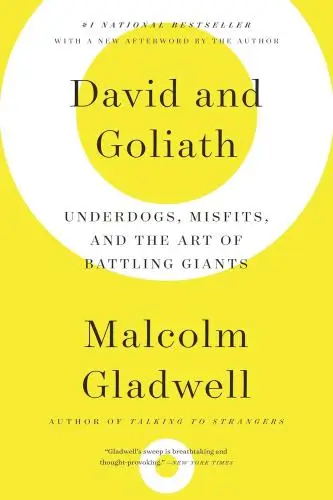
David and Goliath
Malcolm Gladwell
The 48 Laws of Power
Robert Greene
Switch
Chip Heath
Do What You Are
Paul D. Tieger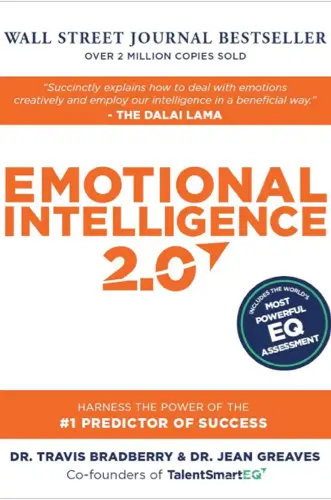
Emotional Intelligence 2.0
Travis Bradberry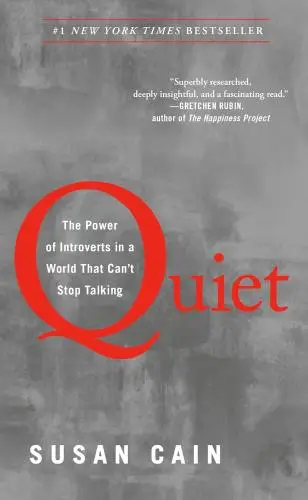
Quiet
Susan Cain
What to Say When You Talk to Yourself
Shad Helmstetter
The Laws of Human Nature
Robert Greene
Feeling Good
David D. Burns
Who Moved My Cheese?
Spencer Johnson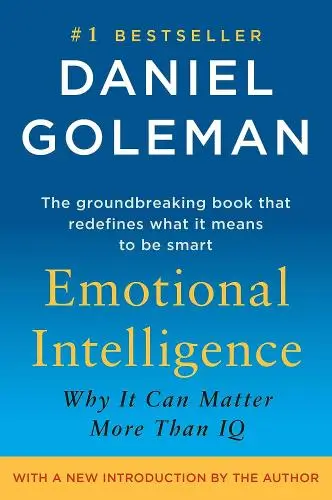
Emotional Intelligence
Daniel Goleman
12 Rules for Life
Jordan B. PetersonTrending Summaries

Peak
Anders Ericsson
Never Split the Difference
Chris Voss
Smart Brevity
Jim VandeHei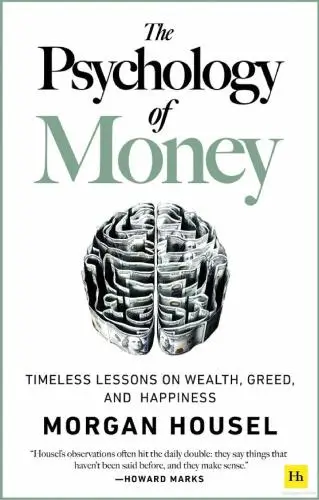
The Psychology of Money
Morgan Housel
The First 90 Days
Michael D. Watkins
Atomic Habits
James Clear
Thinking, Fast and Slow
Daniel Kahneman
The Body Keeps the Score
Bessel van der Kolk M.D.
The Power of Regret
Daniel H. Pink
The Compound Effect
Darren Hardy
How to Win Friends & Influence People
Dale Carnegie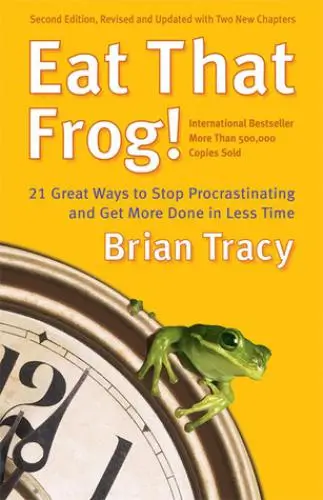
Eat That Frog!
Brian Tracy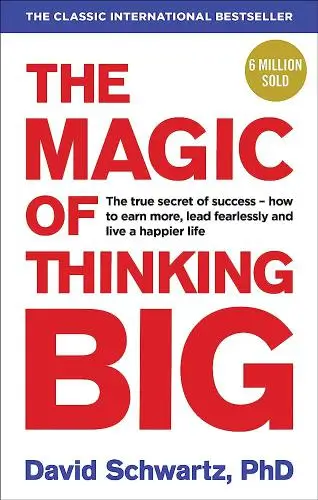
The Magic of Thinking Big
David J. Schwartz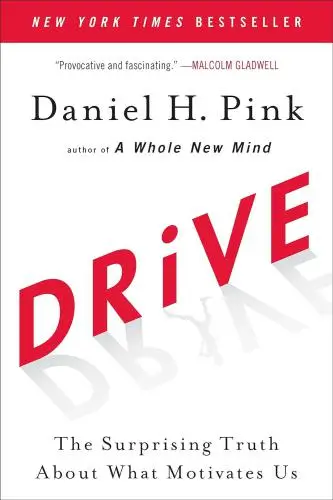
Drive
Daniel H. Pink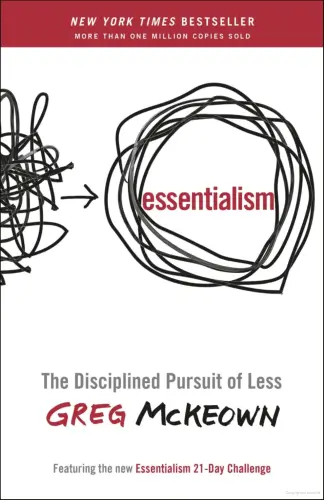
Essentialism
Greg McKeownNew Books

The Millionaire Fastlane
MJ DeMarco
Losing My Virginity
Richard Branson
Venture Deals
Brad Feld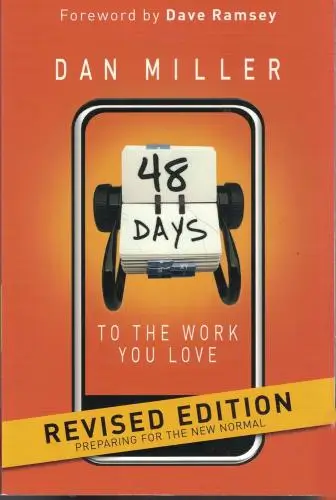
48 Days to the Work You Love
Dan Miller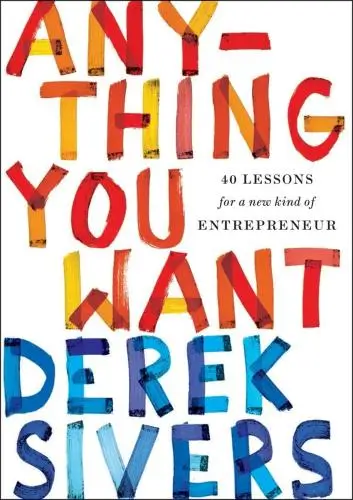
Anything You Want
Derek Sivers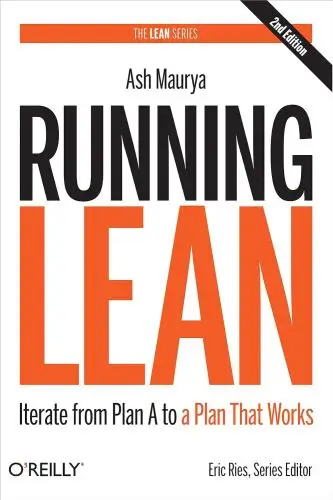
Running Lean
Ash Maurya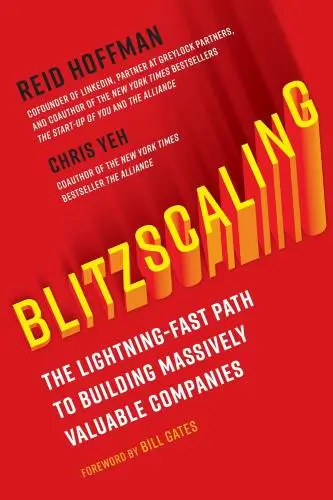
Blitzscaling
Reid Hoffman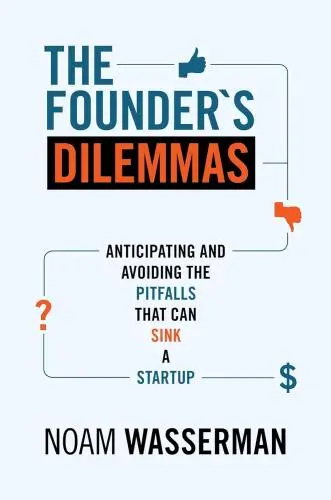
The Founder's Dilemmas
Noam Wasserman
Founders at Work
Jessica Livingston
The Startup Owner's Manual
Steve Blank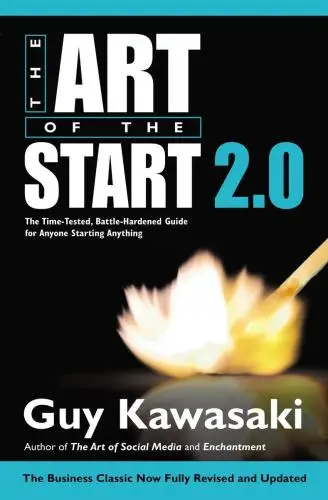
The Art of the Start 2.0
Guy Kawasaki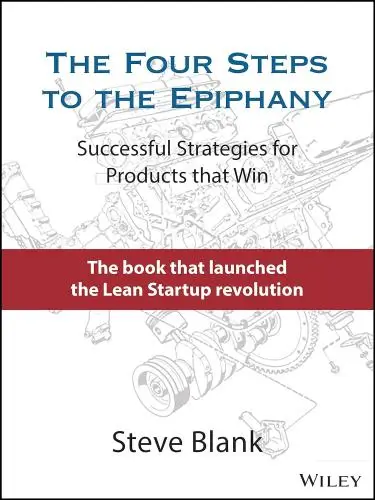
The Four Steps to the Epiphany
Steve Blank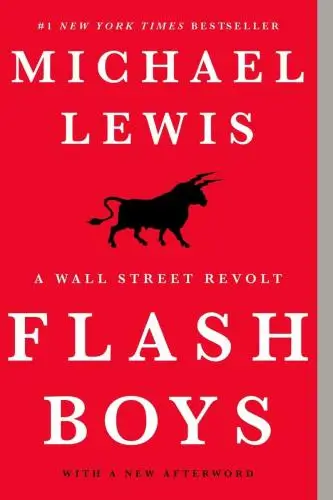
Flash Boys
Michael Lewis
Crush It!
Gary Vaynerchuk